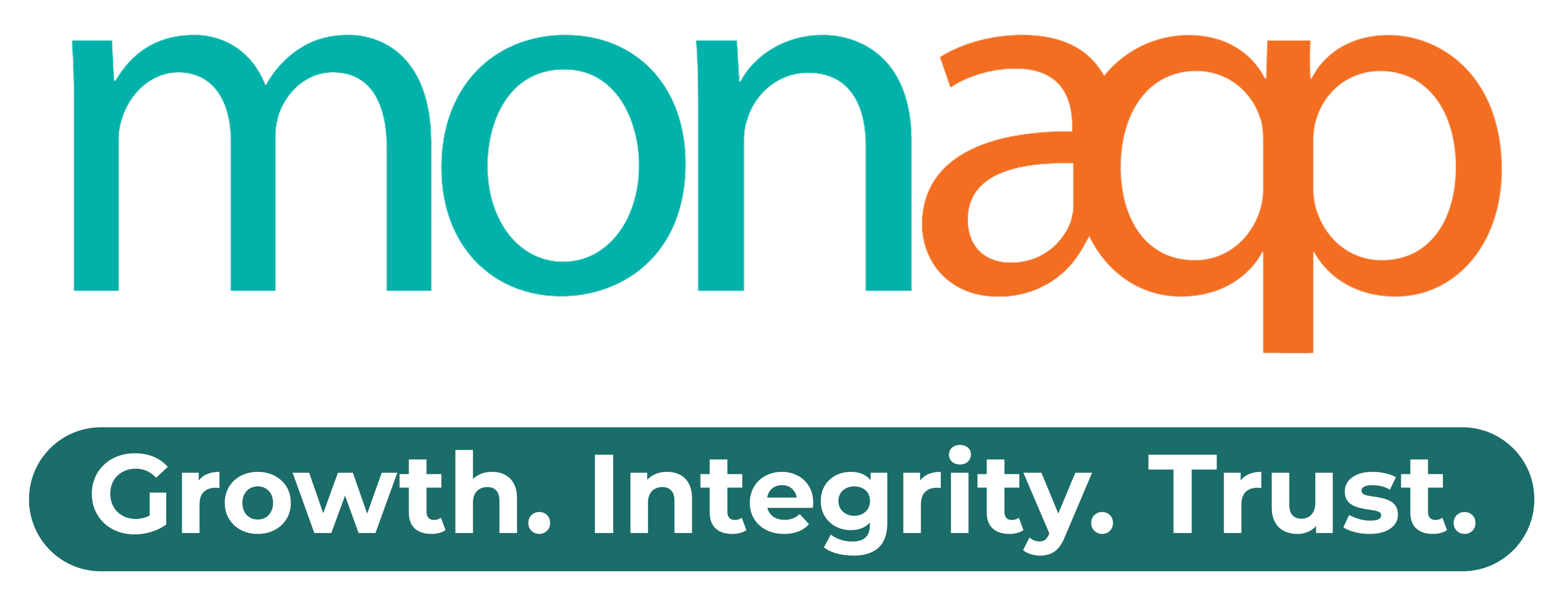Best Practices for Developing Secure Software
- Secure Coding Practices
The first step in developing secure software is to follow secure coding practices. Secure coding practices involve using programming languages that have built-in security features, such as Java or Python. It is also essential to use the latest versions of libraries and frameworks and to avoid using outdated or deprecated functions.
Developers should also be careful when dealing with user input, as this is a common way for hackers to inject malicious code into the system. It is essential to validate user input and sanitize any data that is inputted into the system.
- Threat Modeling
Threat modeling is an essential practice for identifying potential security threats and vulnerabilities in the software. It involves identifying potential threats and ranking them based on their severity. This process helps developers to prioritize which security issues to address first.
Threat modeling should be done at the early stages of software development and should be revisited regularly as the software evolves. There are several threat modeling frameworks available, such as STRIDE (Spoofing, Tampering, Repudiation, Information disclosure, Denial of service, Elevation of privilege), which can be used to identify potential threats.
- Secure Configuration Management
Secure configuration management involves managing the configuration of the software to ensure that it is secure. This involves setting secure defaults, such as disabling unnecessary features or services, and enabling security features, such as encryption.
Developers should also ensure that the software is configured to comply with industry-standard security frameworks, such as the CIS (Center for Internet Security) Controls, which provide a set of best practices for securing IT systems.
- Secure Deployment
Secure deployment is the process of deploying the software to the production environment in a secure manner. This involves using secure protocols, such as HTTPS, to transmit data securely and ensuring that the software is deployed in a secure environment.
Developers should also ensure that the software is deployed using secure deployment practices, such as using secure deployment pipelines, which involve automating the deployment process and using code analysis tools to identify potential security issues.
Regular Security Testing
Regular security testing is crucial for identifying potential security vulnerabilities in the software. It involves conducting regular security audits, penetration testing, and vulnerability scanning.
Penetration testing involves simulating an attack on the software to identify potential vulnerabilities. Vulnerability scanning involves using automated tools to identify potential vulnerabilities.
Security testing should be done regularly and should be an ongoing process throughout the software development lifecycle.
Tools for Developing Secure Software
- Static Code Analysis Tools
Static code analysis tools are used to analyze the source code for potential security vulnerabilities. These tools can identify potential security issues, such as buffer overflows or SQL injection vulnerabilities, and provide recommendations on how to fix them.
Some popular static code analysis tools include SonarQube, Fortify, and Checkmarx.
- Dynamic Application Security Testing (DAST) Tools
DAST tools are used to test the software from a hacker’s perspective. These tools simulate attacks on the software to identify potential vulnerabilities.
DAST tools are useful for identifying potential vulnerabilities that may not be found through static code analysis. Some popular DAST tools include OWASP ZAP and Burp Suite.
- Vulnerability Scanning Tools
Vulnerability scanning tools are used to identify potential vulnerabilities in the software. These tools can scan the software for known vulnerabilities, such as those listed in the National Vulnerability Database (NVD).
Some popular vulnerability scanning tools include Nessus and OpenVAS.
- Configuration Management Tools
Configuration management tools are used to manage the configuration of the software to ensure that it is secure. These tools can help automate the process of setting secure defaults, enabling security features, and ensuring compliance with security frameworks.
Some popular configuration management tools include Ansible, Chef, and Puppet.
- Encryption Tools
Encryption is an essential security feature that is used to protect sensitive data. Encryption tools can be used to encrypt data at rest and in transit.
Some popular encryption tools include OpenSSL and GnuPG.
- Identity and Access Management (IAM) Tools
IAM tools are used to manage user access to the software. These tools can be used to control user authentication, authorization, and access to resources.
Some popular IAM tools include Okta and Auth0.
- Secure Software Development Life Cycle (SDLC)
Implementing a secure SDLC involves integrating security into every stage of the software development process. This involves conducting security testing and risk assessments at each stage of the SDLC and ensuring that all security vulnerabilities are addressed before the software is deployed.
- Authentication and Authorization
Authentication and authorization are essential security features that are used to control user access to the software. Authentication involves verifying the identity of users, while authorization involves granting users access to resources based on their roles and permissions.
Implementing strong authentication and authorization mechanisms can help protect the software from unauthorized access and data breaches.
- Secure Communication Protocols
Secure communication protocols, such as HTTPS, are essential for protecting data transmitted between the software and users. HTTPS encrypts data in transit, making it difficult for hackers to intercept and read sensitive information.
Developers should ensure that the software uses secure communication protocols to protect user data.
- Secure Password Management
Secure password management is essential for protecting user accounts from unauthorized access. Developers should implement password policies that require users to create strong passwords and enforce password expiration policies to prevent the use of weak or compromised passwords.
In addition, developers should use secure password storage mechanisms, such as hashing and salting, to protect user passwords from being compromised in the event of a data breach.
- Security Training for Developers
Security training for developers is crucial for ensuring that they have the knowledge and skills necessary to develop secure software. Developers should receive regular training on secure coding practices, threat modeling, and security testing.
Providing security training for developers can help ensure that they are aware of potential security threats and know how to address them effectively.
Developing secure software is crucial for ensuring the safety of user data and protecting businesses from cyber threats. Following secure coding practices, conducting regular security testing, and using the right tools can help developers develop secure software.
Static code analysis tools, DAST tools, vulnerability scanning tools, configuration management tools, encryption tools, and IAM tools are just some of the tools that developers can use to develop secure software.
By incorporating these best practices and tools into their software development process, developers can ensure that their software is secure and protected from potential security threats.



